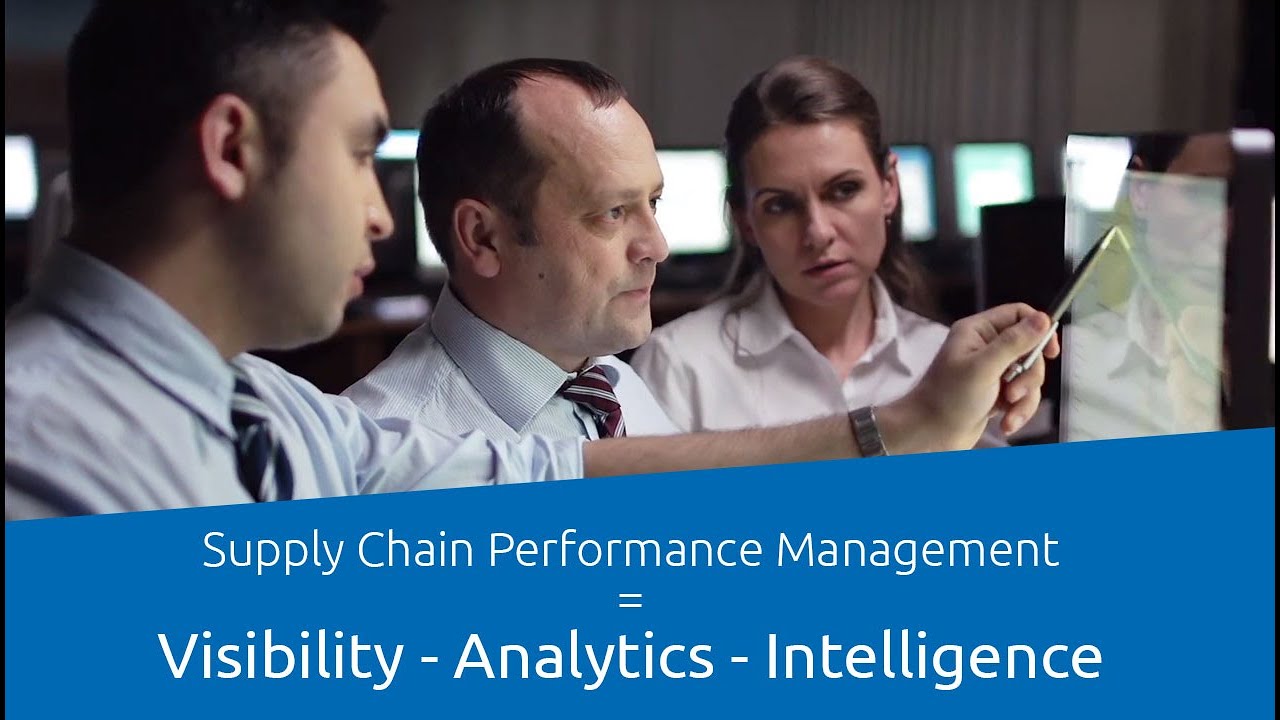Visibility & Analytics – Full transparency in the supply chain

Many companies are determined to improve their use of information from individual internal and external IT systems as a way of meeting the challenges of a digital supply chain.
Traditionally, planning, procurement, logistics and transport management have been separate processes. Whereas material planners determine how many parts are needed for production during the manufacturing process and order them while keeping an eye on safety stocks, suppliers use their own systems as do the transport service providers. What is delivered when and in which quantity can usually not be determined until the goods receipt.
Visibility & Analytics unleashes untapped potential
The elimination of information boundaries between individual departments (silos) can unleash a huge amount of untapped potential that companies want to exploit in the wake of increased costs and rising demand for flexibility.
SupplyOn’s new service Visibility & Analytics (formerly Supply Chain Performance Management) makes it possible for the very first time to compare data from various internal company departments like purchasing and procurement (including cross-plant) with external data sources such as SupplyOn services and carrier systems to gain new insights and to immediately spot problems in the supply chain.
Multifaceted analytical functions
But there is another issue more important than the search for causes. This involves analyzing the impact of disruptions in the supply chain, such as a delivery delay: Do I have enough stock on hand to assure production or do I have to do some rescheduling? Visibility & Analytics can help here as well by comparing demand, actual in-transit status, inventories and consumption and then presenting the answers to material planners in a clear overview.
In the process, Visibility & Analytics also helps achieve overall optimization between plant logistics and transport costs: On-site inventories should be kept at the lowest possible level while still securing production supply in every case. Deliveries to the plant should also be calibrated as closely as possible to upcoming consumption. To find this comprehensive optimization level, individual process steps must be digitalized and added to the integrated software services of SupplyOn Visibility & Analytics.
SupplyOn Visibility & Analytics offers a broad range of analytical functions. The results are then presented in clearly organized dashboards. This information includes an evaluation of the delivery quality of suppliers and carriers, cause analyses, various target/actual comparisons, usage reports on individual services, data quality, analyses of inventory/demand and transport or costs through to the part number level.
Visibility & Analytics as a basis for Industry 4.0
When companies look beyond the horizon of their daily business operations and begin to think about Industry 4.0 and Smart Factory (or self-managed production), they soon realize that a stable supply chain and a reliable forecast of quantities and dates are prerequisites for Industry 4.0. With its wide range of functions, Visibility & Analytics plays a key role by delivering the required information and data for an optimal production supply.
Visibility & Analytics is fully integrated into the extensive SupplyOn community and SupplyOn services. This facilitates immediate use of the system with previously integrated participants while avoiding a drawn-out integration process of business partners. The incorporation of analytical functions into the collaborative processes creates a maximum in work efficiency and facilitates end-to-end visibility of the entire supply chain at any given time, from order to invoice.




